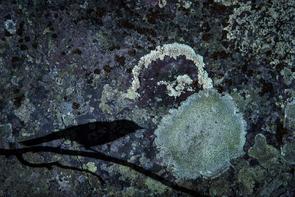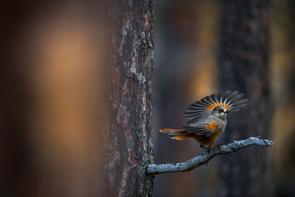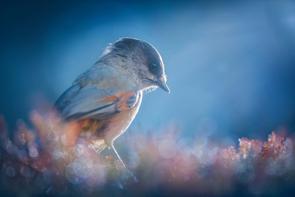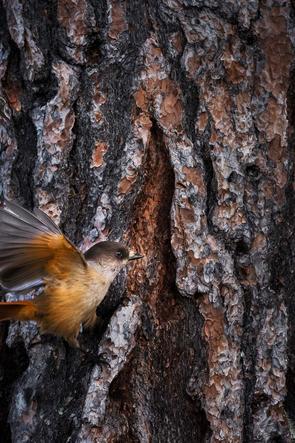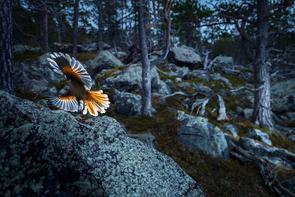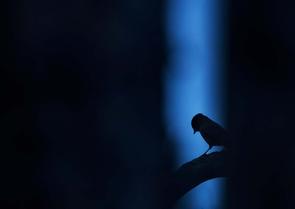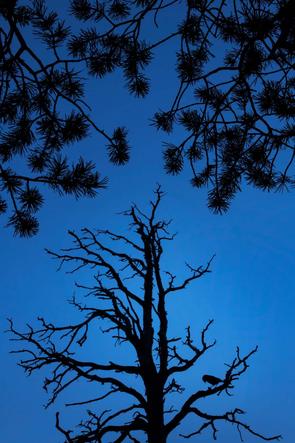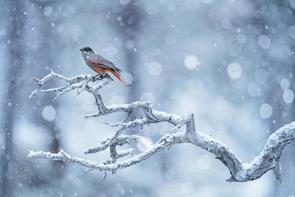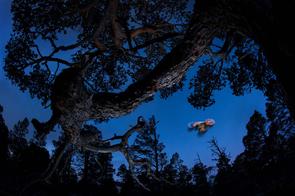Winner: Florian Smit (Germany)
Florian Smit works as a professional nature photographer who lives with his wife Lisa Marie in an old farmhouse near Bremervörde (Germany).
Since his early childhood he has felt this pull to spend time in nature. He has travelled all over Europe with his parents in self-built expedition vehicles. The camera joined him a bit later when he was about 8 years old and has remained his travel companion ever since.
In 2012, he left secondary school without graduating and began professional training as a photographer. He completed this training in summer 2015 as one of the top three graduates in Germany. Since then he has been a professional freelance photographer – doing his own projects throughout the world, selling fine art prints, running workshops, writing for renowned magazines, giving lectures and presenting audio-visual shows.
Together with his wife Lisa Marie, he follows his life's dream of travelling. They have known each other since school and have been living together for almost ten years.

Project: Bearer of bad tidings
In medieval times, the appearance of Siberian jays (Perisoreus infaustus) was considered a warning of looming misfortune, hence the rather unfair German name of this fascinating bird species: Unglückshäher, “misfortune jay”. Quite contrary to their reputation, this small corvid species provided me with some unforgettably happy moments in Lapland.
On a trip around Scandinavia in the autumn of 2018, I had intended to concentrate on landscape photography. While on a hike through a coniferous forest, I accidentally noticed three Siberian jays who seemed to be following the same path.
It is in the nature of these birds to show fairly little timidity towards people. They are always driven by their curiosity. Within a few days the animals had gotten so used to me that they often awaited me chirping away in the early morning hours. The sun lit up the birds' plumage in wonderful shades of orange that contrasted with the otherwise gnarled and rather dull surroundings of the pine forest. Looking at this scene, I could not help myself: I abandoned my original idea of landscape photography and instead dedicated my time to a series on Siberian jays.
And that is how I came to spend up to 14 hours a day in a small section of the forest. Some days I was lucky and I could implement my image idea within a few minutes, but often I waited for hours with no jay to be seen at all. Then my waiting would be rewarded and I would watch one of these birds hopping along the forest floor looking for remaining blueberries, or gliding elegantly from branch to branch. I enjoyed every moment with these lively creatures.
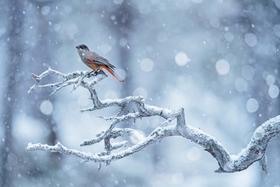
A flurry of snow
Overall, Lisa and I spent almost two weeks with the Siberian jays. All photos in this series have been taken in a small forest section in the middle of Stora Sjöfallet National Park. Often, the weather was not in our favour; many times, we would stand under pouring rain waiting in vain for the small birds. Naturally, we were all the more delighted when on our last day the first snow fell, offering yet another possibility for new photos.
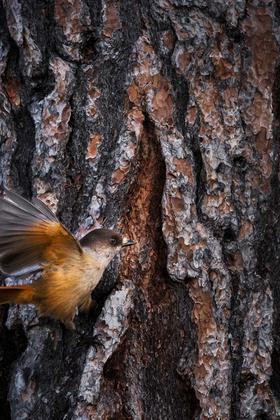
Winter storage
Siberian jays are omnivorous. Their main source of food are conifer seeds, nuts and berries, small animals, eggs, carrion and insects. They hide their winter storage in the bark of trees which they can find even in dense snow. They glue the collected food together with their saliva which makes it keep longer.
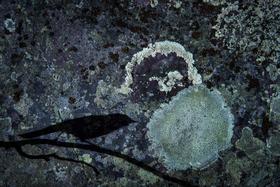
Shadow play
The forests around Stora Sjöfallet National Park are full of dead wood and ancient pine trees as well as large scree fields. The rocks are often covered by lichens in most fascinating patterns. To include these details in my photos, I have used flash to throw the shadow of a jay onto such a surface.
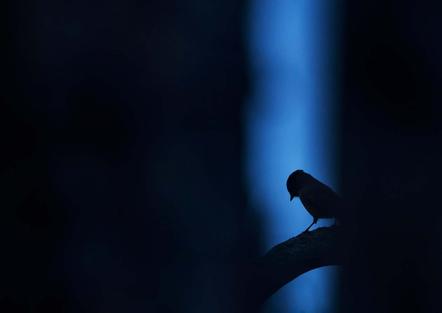
Silhouette
Siberian jays are usually silent but can actually screech like European jays when disturbed. They live an inconspicuous and secretive life, but are not timid and rather curious.
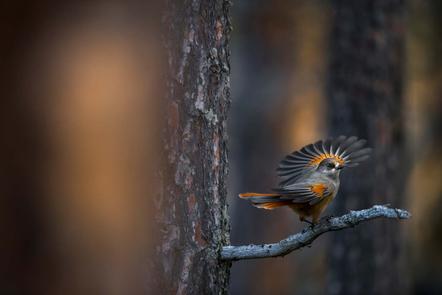
A new friend
It is in the nature of these birds to show fairly little timidity towards people. Within a few days some of them got used to me, my camera und flash installations. I enjoyed every minute with these animated birds.
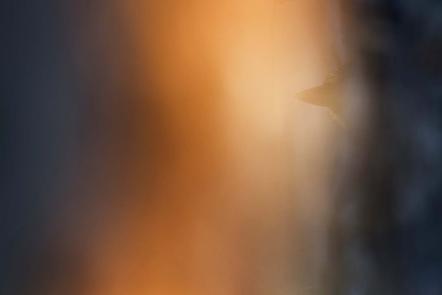
Detail
In my work, especially in animal photography, I like creating series of photos that capture many aspects of the species and its behaviour as well as its habitat. Sometimes, a small detail, like a jay's beak, can enrich a series. Between the trunks of ancient trees, the early morning hours and twilight create fabulous light conditions, setting the scene for this beak close-up.
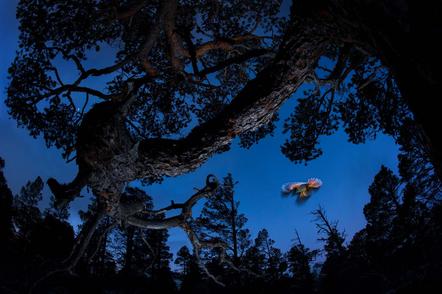
Bearer of bad tidings
In medieval times, the appearance of Siberian jays was considered a warning of looming misfortune – hence the misleading German name Unglückshäher, “misfortune jay”. Quite contrary to their reputation, this small corvid species provided me with some unforgettably happy moments in Lapland.
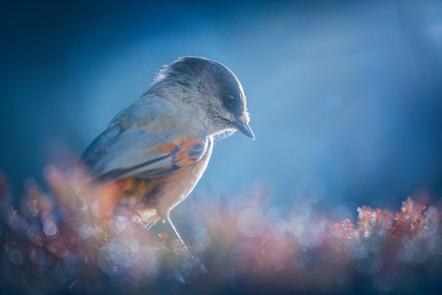
Searching
On some days, I spent more than 14 hours with the jays. Every now and then, I was lucky enough to capture the desired image within a few minutes. But often I waited for hours with no jay to be seen at all. Here, a bird finally came close, hopping along within a few metres, searching the forest floor for remaining blueberries.
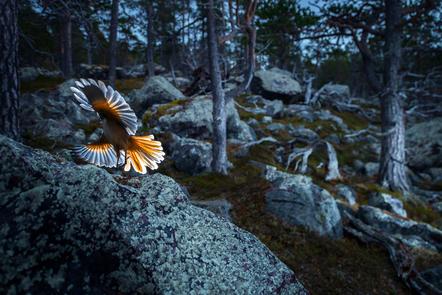
Blaze of colours
The reddish tail and wing feathers are often only perceivable in flight. In the backlight, the bird’s plumage lights up in wonderful shades of red and orange that contrasts with the otherwise gnarled and rather dull surroundings of the pine forest.
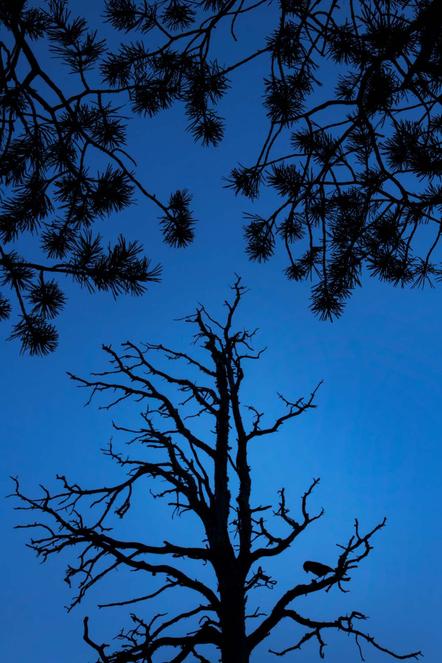
Transience
Siberian jays have a complex warning system for protection against predators. If a potential foe is discovered in the vicinity, other conspecifics are called in for help with a specific call and fight off the predator. These sounds cover more than 25 variations adapted to the kind of threat.












